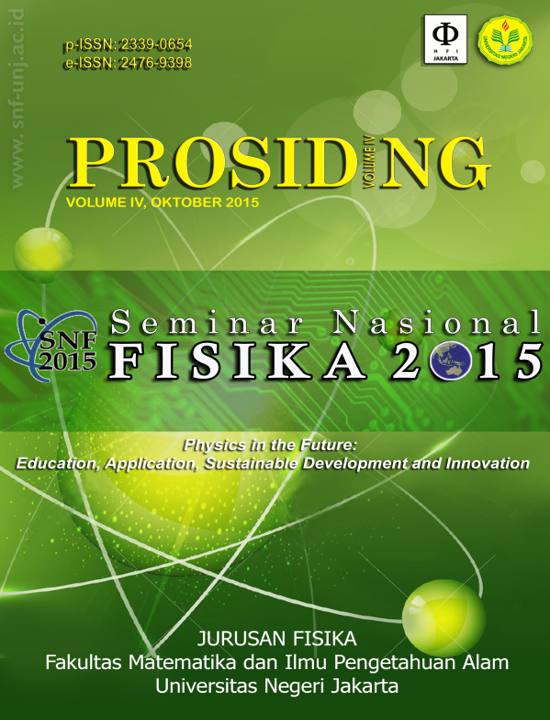PENGARUH MODEL PEMBELAJARAN BERBASIS BLENDED LEARNING DAN MOTIVASI BELAJAR TERHADAP HASIL BELAJAR FISIKA SISWA SMA
Abstract
This research aims to determine: (1) differences in learning outcomes physics who use the model a Problem Based Blended Learning (PBL-BL) and Direct Instruction Based Blended Learning (DI-BL); (2) interaction between the learning models based BL and learning motivation toward physics learning outcomes; (3) differences in learning outcomes physics who use a model of PBL-BL and DI-BL for students who have high motivation; (4) differences in learning outcomes physics who use a model of PBL-BL and DI-BL for students who have low motivation. The method used in this study was Treatment by Level 2x2 with posttest Only Control Design research. The target population are students SMAN 6 Depok and accessibility of the population are students of class X in SMAN 6 Depok. Samples were taken using random technique of 10 classes and got 4 classes. Data were collected from the motivation test and results in the study, thereafter analysis using two-way ANOVA. The research results show that: (1) Physics learning outcomes who use the model PBL-BL is higher than DI-BL; (2) There is interaction between learning models based BL and learning motivation toward physics learning outcomes; (3) For students who have a high motivation, physics learning outcomes with PBL-BL is higher than DI-BL; (4) For students who have a low motivation, physics learning outcomes with PBL-BL is lower than DI-BL.
Keywords: Blended Learning, Learning Motivation, Learning Outcomes Physics, Class X.





